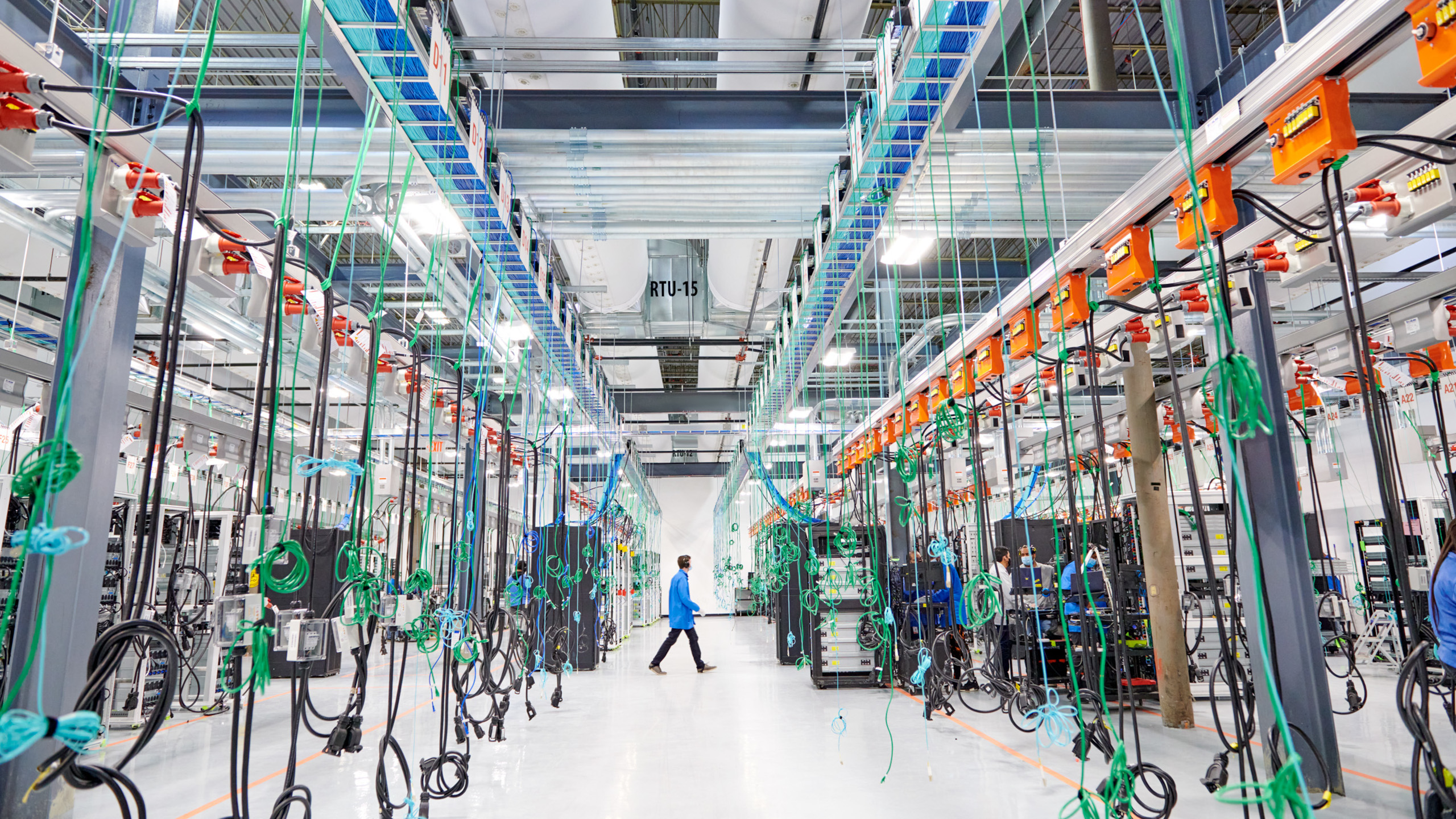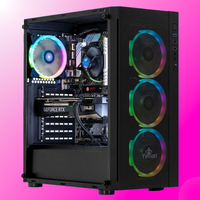AMD goes all-in on being a data centre designer by purchasing ZT Systems for $4.9 billion
That's a lot of money but it's peanuts compared to how much cash AMD could rake in via AI.

It won't have escaped your notice that in recent years, Nvidia has been transitioning away from being 'just' a chip designer into a fully-fledged systems integration company. If you want a massive data centre or a host of AI servers, Nvidia will design and build the whole thing for you. And now it seems AMD is getting in on the action having finalised a near-five billion dollar deal for ZT Systems, a company that designs and makes—yes, you've guessed it—data, cloud, and AI centres.
AMD announced its closing of the purchase deal today (via GlobalWire), having first made its intentions publicly known in August of last year. The acquisition, worth $4.9 billion in cash and stocks, will certainly make a bit of a dent in AMD's financials, but there's no doubt that it'll be worth every cent if the AI market continues to grow as expected.
In FY 2024, AMD pulled in revenues of $12.6 billion with its data centre division, accounting for almost 50% of its entire revenue that year. It's also AMD's second most profitable sector, with an operating margin of roughly 27%—more than double that of its Client and Gaming sectors.
Nvidia's data centre division is a veritable money-making machine, pulling in nearly $50 billion in revenue last year, so it's not hard to see why AMD set about snapping up ZT Systems. The last mega purchase it made was Xilinx for $35 billion, to bolster its embedded sector, so this one is chump change in comparison.
Whether this acquisition pays out, though, is another question altogether, as Nvidia currently dominates the AI server market. Up to now AMD's only had the hardware on offer, in the form of its gargantuan and very popular Instinct MI300 chips, but now it will be able to provide entire systems and installations.
Anyone who has worked in system building, be it gaming desktop PCs or massive servers, will know that this is where the real profit margins lie (it's why Nvidia's profit margins are so big).
More importantly, customers like Apple, Facebook, and the usual AI crowd will be more willing to splash the cash on a complete service rather than having to fiddle about with the hardware themselves.
The biggest gaming news, reviews and hardware deals
Keep up to date with the most important stories and the best deals, as picked by the PC Gamer team.
That said, while the purchase of Xilinx seemed like a great idea at the time and AMD's embedded sector currently enjoys an enormous operating profit margin of 40%, it'll likely be many years before that particular acquisition actually pays for itself. I should imagine that AMD will be hoping that buying ZT Systems will bring in more money and quicker, to help offset the decline in Gaming revenue.
Now, I reckon I can scrap together $14.52—maybe even a whole 20 bucks—to acquire something, so AMD better watch out!
Best gaming PC: The top pre-built machines.
Best gaming laptop: Great devices for mobile gaming.

Nick, gaming, and computers all first met in 1981, with the love affair starting on a Sinclair ZX81 in kit form and a book on ZX Basic. He ended up becoming a physics and IT teacher, but by the late 1990s decided it was time to cut his teeth writing for a long defunct UK tech site. He went on to do the same at Madonion, helping to write the help files for 3DMark and PCMark. After a short stint working at Beyond3D.com, Nick joined Futuremark (MadOnion rebranded) full-time, as editor-in-chief for its gaming and hardware section, YouGamers. After the site shutdown, he became an engineering and computing lecturer for many years, but missed the writing bug. Cue four years at TechSpot.com and over 100 long articles on anything and everything. He freely admits to being far too obsessed with GPUs and open world grindy RPGs, but who isn't these days?
You must confirm your public display name before commenting
Please logout and then login again, you will then be prompted to enter your display name.


